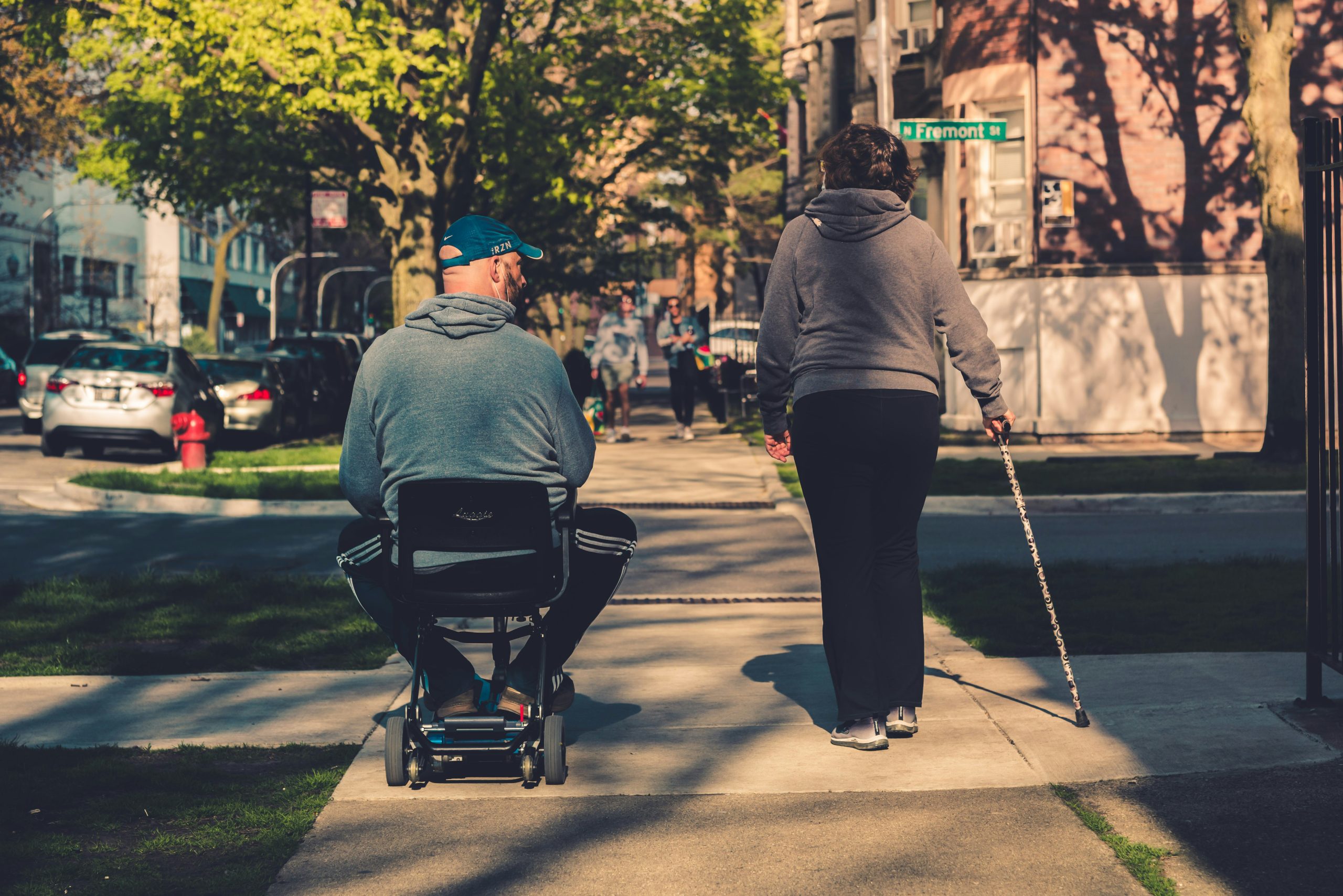Are you trying to decide which features matter most when you rent a mobility scooter?

What Should I Look For When Renting A Mobility Scooter?
Renting a mobility scooter can be a great short-term solution when you need help with mobility, whether for travel, recovery, or an event. This guide helps you figure out the right scooter for your needs by walking through practical features, specs, safety checks, and rental logistics, so you feel confident making the right choice.
Why renting may be the right choice for you
Renting gives you flexibility without long-term commitment. You can test different styles, cover a short recovery period, or use a scooter only while traveling. It’s also often cheaper than buying if your need is temporary. By focusing on what matters most to you, you’ll save time and avoid problems during the rental period.
Types of mobility scooters and which fits your needs
Knowing the types helps you match a scooter to how you’ll use it. Different scooters suit indoor use, outdoor terrain, travel, or heavier users. Here are the common types and what each does best.
Comparison of scooter types
| Type | Description | Best for | Typical pros | Typical cons |
|---|---|---|---|---|
| 3-wheel | Compact with tight turning radius | Indoor use, tight spaces | Highly maneuverable, lighter | Less stable over rough terrain |
| 4-wheel | Stable platform with better outdoor performance | Outdoor use, uneven surfaces | More stable, comfortable ride | Larger turning radius, heavier |
| Travel/Portable | Breaks down or folds for trunk transport | Air travel, short trips | Easy transport, lightweight | Reduced range and comfort |
| Heavy-duty / Bariatric | Higher weight capacity and larger frame | Heavier users, long distances | High capacity, powerful motors | Bulky, less portable |
| All-terrain / Off-road | Large tires, suspension, higher ground clearance | Parks, trails, gravel | Handles rough terrain well | Heavy, larger footprint |
When choosing, think about where you’ll use the scooter most: in tight indoor spaces, on sidewalks, travelling between appointments, or across uneven paths. Your environment shapes the right type.
How you plan to use the scooter
Understanding your intended use is the single most important factor. Ask yourself questions about daily distances, terrain, transport needs, and how often you’ll use it.
- Will you mostly use it indoors in stores or at home?
- Do you need to cover long distances outdoors, like a campus or park?
- Are you traveling by car, train, or plane and need portability?
- Do you need to carry shopping or medical supplies?
Your answers guide the choice of range, battery type, portability features, and accessories.

Key specifications to check
Certain specs are essential to match your physical needs and environment. These numbers tell you about performance and comfort.
Important specs to review before renting
- Weight capacity: Ensure the scooter supports your weight plus any carried items. Exceeding capacity risks damage and unsafe performance.
- Battery range: Check the advertised distance on a single charge and consider a margin for hills or extra use.
- Top speed: Most scooters range from 3 to 8 mph. Choose according to your comfort with speed and local safety rules.
- Turning radius: Tighter radius helps indoors and in crowded areas.
- Ground clearance: Important for curbs, thresholds, and uneven surfaces.
- Overall width and length: Ensure it fits through doorways, elevators, and vehicle trunks.
- Seat dimensions and adjustability: Match seat width, depth, and height to your body for comfort.
Always ask for the manufacturer’s spec sheet and confirm the scooter has enough reserve capacity for your needs.
Specification checklist table
| Specification | Why it matters | Minimum guideline |
|---|---|---|
| Weight capacity | Safety and performance | At least 20% above your weight |
| Battery range (miles) | How far you can go without charging | Consider daily routine + 20% reserve |
| Top speed (mph) | Traffic flow and comfort | 3–4 mph for indoor; 4–8 mph for outdoor |
| Turning radius (inches) | Maneuverability in tight spaces |


